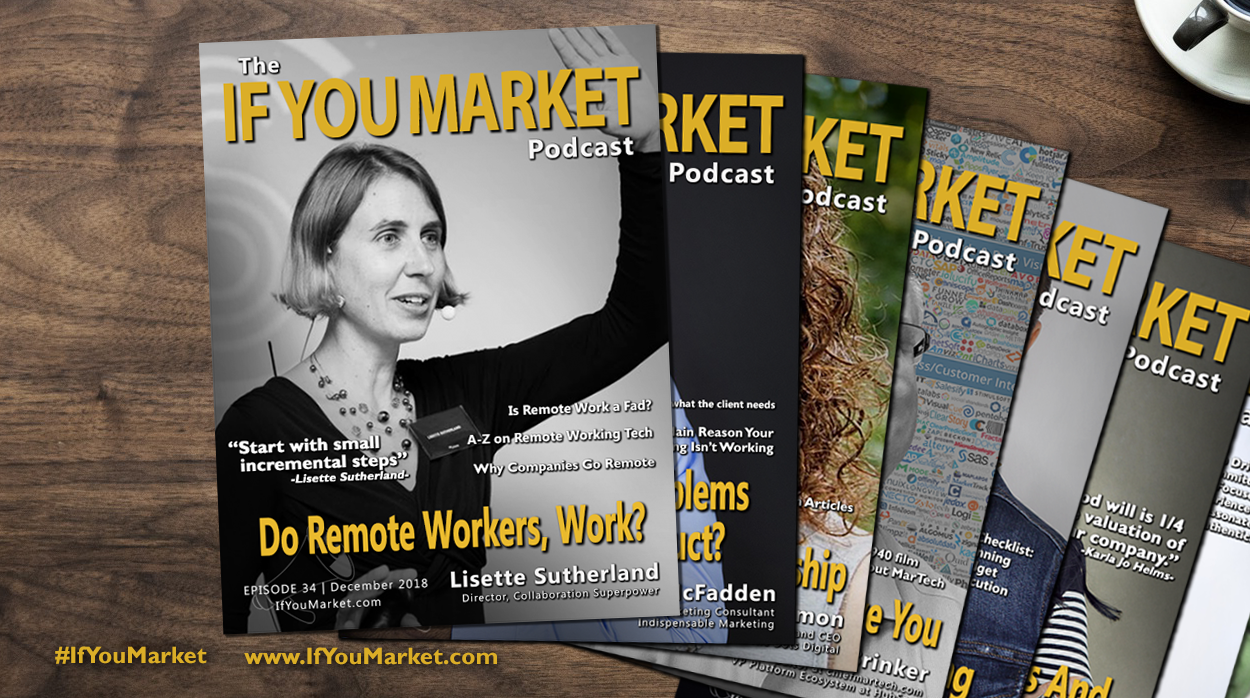
Lisette Sutherland is a remote-working German-born American living in the Netherlands who is totally jazzed by the fact that it’s possible to work from anywhere. In fact, it’s not just possible; it’s completely, productively workable – if you do it right. Her company, Collaboration Superpowers, shares just how to do it right in a variety of formats:
 Work Together Anywhere: A Handbook on Working Remotely — Successfully — for Individuals, Teams, and Managers
Work Together Anywhere: A Handbook on Working Remotely — Successfully — for Individuals, Teams, and Managers- Speaking engagements and webinars
- Work Together Anywhere workshops
- Weekly podcasts featuring interviews with remote-working experts
- Bi-monthly newsletter
- Guest appearances at Pilar Orti’s 21st-Century Work Life podcasts
Lisette has given presentations at a wide range of events, from conferences and Meetups all over the world to a TEDx talk on the theme Unbox the Future in Kaunas, Lithuania. Her workshop clients include Air France, ING, CrossKnowledge (Wiley), Rabobank, and Saint-Gobain. In January 2018, both the Collaboration Superpowers podcast and the 21st-Century Work Life podcast series were deemed among the Best Remote Work Podcasts by Workplaceless. Lisette is also the office manager for the 100 percent remote company Happy Melly, a global professional happiness association dedicated to helping people be happier at work.
Subscribe to the If You Market Podcast on iTunes: www.goo.gl/nfMMtW
Youtube: https://youtu.be/qBsAySrqE6Y
Contact Lisette Sutherland
LinkedIn: https://www.linkedin.com/in/lisettesutherland/
Website: www.collaborationsuperpowers.com
Book: https://www.collaborationsuperpowers.com/book/
Workshop: https://www.collaborationsuperpowers.com/anywhereworkshop/
Tools for remote Working: www.collaborationsuperpowers.com/remote-resources/
If you have questions about the If You Market podcast or would like to suggest a guest, please email us at info@IfYouMarket.com.
You can subscribe to The If You Market Podcast on apple iTunes or where ever you get your podcasts.
Transcript:




